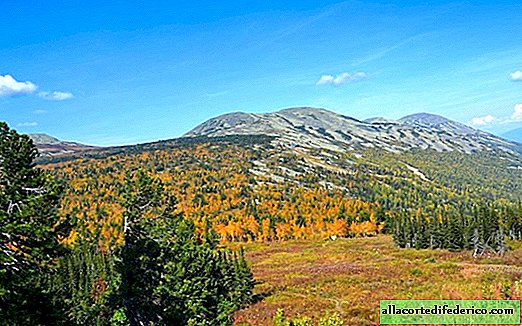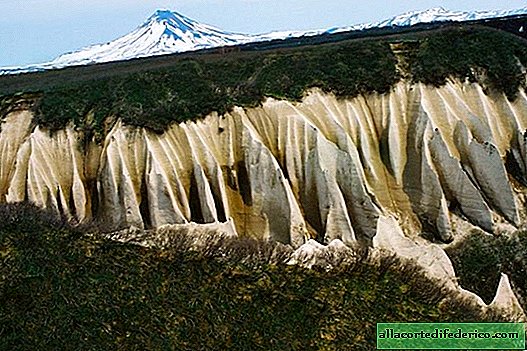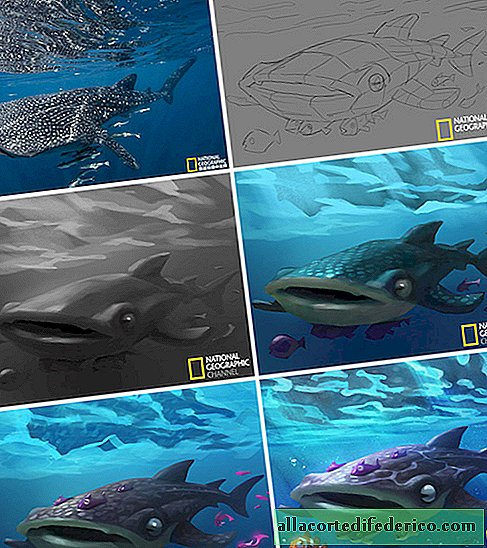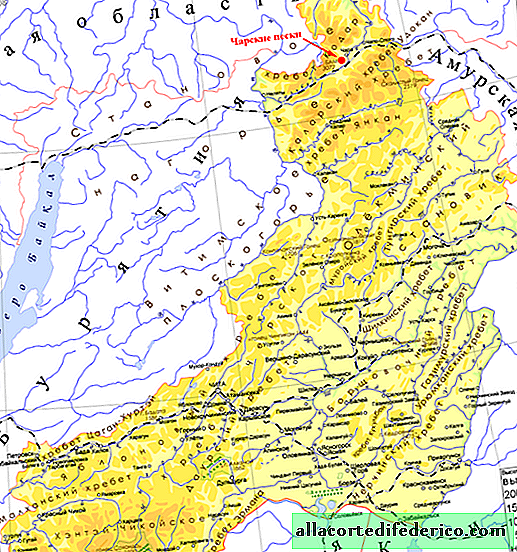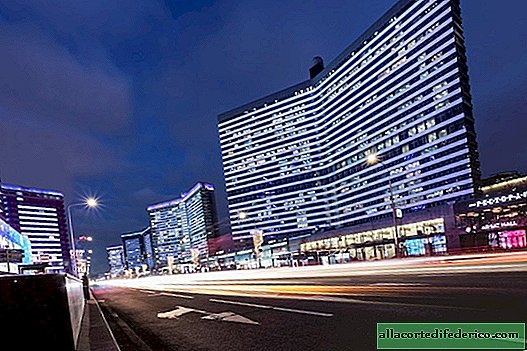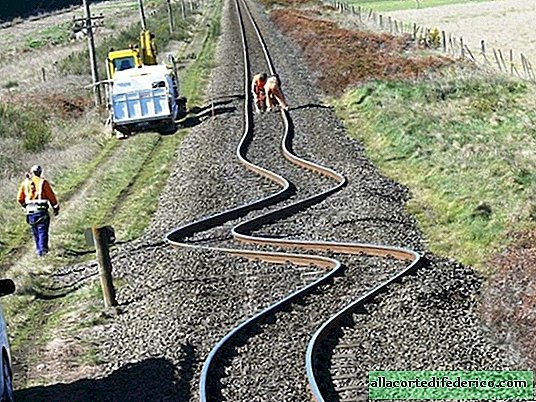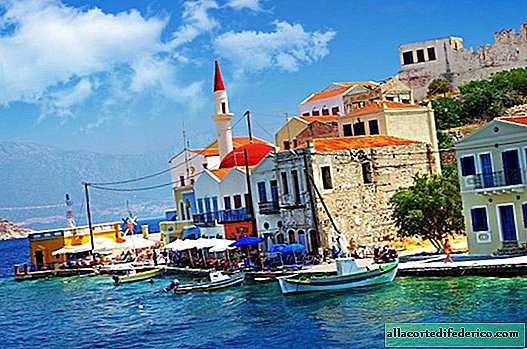The Kara Sea advances on Eurasia at a speed of 2 meters per year and destroys the coast
The Kara Sea, washing the northern borders of Eurasia, has been steadily stepping on the continent in recent years. As the results of recent studies show, the land recedes at a speed of about 2 meters per year, and in some places this figure reaches 4 meters. Such an abnormal erosion rate is not at all accidental, but the global warming and the permafrost thaw caused by it are to blame.

The coastline of the Kara Sea is ¼ of the entire Arctic coast of our country. On the coast of this sea are settlements, as well as several strategically important industrial facilities related to the production and transportation of hydrocarbons. Subsea gas pipelines, which are also objects of increased environmental hazard, are laid along the bottom of some bays. For this reason, coastline stability is of great importance, and its rapid erosion is of concern to scientists. In addition, the situation in the Kara Sea region largely reflects the seriousness of the situation that has developed in the entire Arctic, including the Russian, Canadian and American coasts in the Alaska region. In this regard, international groups of scientists working on the environmental problems of the Arctic and climate change have been working on the shores of this harsh sea for several years.

One of the places where coastal erosion is proceeding most rapidly is the Baydaratskaya Bay, a bay located between the Yamal and Ugra Peninsulas. And if at the end of the last century the coastal destruction rate did not exceed 0.5-0.9 meters per year, then at the beginning of the XXI century this indicator, judging by the data of space satellites, increased to 1.9 meters. On average, this indicator is in the range of 1-2 meters, but in some places the coast is destroyed at a speed of 4 meters per year. In order to find out the reason for this, scientists spent more than one summer season on the coast of the bay, took rock samples and carried out the necessary drilling work.

It turned out that the reason for such a rapid retreat of land in the Kara Sea region lies not only in water erosion caused by shock waves, but also in a large number of permafrost inclusions. Local coasts are not composed of stable rocky rocks, but sediments, which are rather unstable in the face of increasing average annual air temperatures on the planet, including in the Arctic. The permafrost, which in many ways ensured the stability of these rocks, is melting, and the surrounding soil is also being destroyed. Stormy weather with a squally wind and waves, which is so often observed on the coast of the Kara Sea, accelerates this process.

At the same time, a different situation is observed on the Taimyr Peninsula. Here, the coastline is composed of more stable rocks that do not contain such a large number of permafrost inclusions, therefore, the offensive of the Kara Sea on land is not observed.

